Words by David “Bear Ghrylls ain’t got poop on me” Gould
With our almost Viz style Top Tip pieces of late, we’ve concentrated on such things as trailside First Aid, what to pack in your bag, trail repairs and workshop dirt bag fixes. However, what happens if you are out on your bike and the worst happens? You have a bad off or serious mechanical and as the sun fades below the horizon, you come to the dawning realisation that you are faced with the prospect of an unplanned night out on the trail. A recent ride with a friend on hills close to home, exploring a new trail, had us considering what would happened if we were on our own and the worst happened. You don’t have to be far from civilisation to end up stuck out on a trail with no one passing by for a few hours or longer. Twat yourself on a solo night ride and you can pretty much guarantee you’ll be spending the night in the company of all the woodland creatures present during the day…….only they will be awake and hungry! While not intended to be comprehensive, they may help turn an unpleasant experience into a bearable one.
1 – Before you go…
Let someone know. It’s easy to jump on the bike and go for a spin but if you have an incident, does anyone know where you are? Letting someone know of your intended route and when you expect to get back is arguably one of the simplest but most effective means of keeping safe on the trails. Imagine you fall off, you land on your phone, breaking it, your rear mech has ripped off and you are miles from the nearest house. If you are unable to get yourself out of the situation, you can be safe in the knowledge that you will be missed and assistance will be called for.
2 – Take Your Time
If you have an off and are injured, take time to assess your situation. Are you hurt? Are you bleeding? Can you move or are you in too much pain? Are you able to walk out or do you need outside help? If you are seriously injured, look to deal with the big issues first. For example, if you have a serious open wound that is bleeding profusely, look to deal with that first. Having a first aid kit and the knowledge to use it are key to dealing with any immediate danger you may face. Calling for help is important but not at the expense of wasting time when you have a more pressing issue. Particularly with head and spinal injuries, while there may be a temptation to simply man or woman up, you don’t want to cause further injury and harm to yourself or your riding companion.
3 – Know your location
Carry a map and compass and know how to use them. It’s very easy to refer to trails by their nicknames but if you need help, is anyone really going to know where the 100 Steps of Doom and the Flux Incapacitator are other than you and your riding buddies. With a map and compass to hand, you should be able to give the emergency services an accurate indication of where you are (assuming that you have a phone signal). You did remember to charge your phone and bring it with you on the ride?
4 – CHALET
When calling for help, ask for the Police who will then co-ordinate with Mountain Rescue, if they are required. Remember the CHALET pneumonic as it will help structure what you tell them and help you to stay calm and focused.
- C Casualty – How many are there? What are their names? What type of injuries are there? Head? Leg? Spine?
- H Hazards – Are there any hazards which your rescuers might face such as rock falls, high winds, whiteout conditions or animals?
- A Access – Do you know the name of the location? Can you describe the terrain? Is it flat or rocky? Is it easy to get to or is the approach tricky?
- L Location – Give a grid reference and description of where you are stranded. Give the map number. If you are using a GPS, let them know when you give them location details.
- E Equipment – What equipment do you have with you? Torch, sleeping bag, first aid kit, drinking water etc
- T Type of incident – Is it on a mountain? Be ready to tell them what happened and when.
Remember to stay calm. By focusing on the key information above, this will help your rescuers pinpoint your location and select the best means of getting you safely out.
5 – Keep warm and dry
With a physical injury, there is always a danger of shock making its presence felt. There is a tendency to underplay the impact of shock but given that it can kill you, it’s better to err on the side of caution. In your bag, you will hopefully have warm and dry clothes with you. At the minimum, you should consider carrying a hat, spare warm gloves and a warm jacket such as a Belay style jacket. Windproofs are fine but even on a warm summers evening, when the sun goes down the temperature can plummet which may give you cause to wish you had carried those extra few hundred grams of down filled warmth after all. Even something as simple as carrying a long sleeve base layer can make a difference both physically and psychologically. Hopefully, when you delve down into your pack, you will have remembered to bring a foil survival bag with you. Being sealed, they provide a degree of protection from wind and rain while helping to keep you war.
6 – Look for shelter from the elements
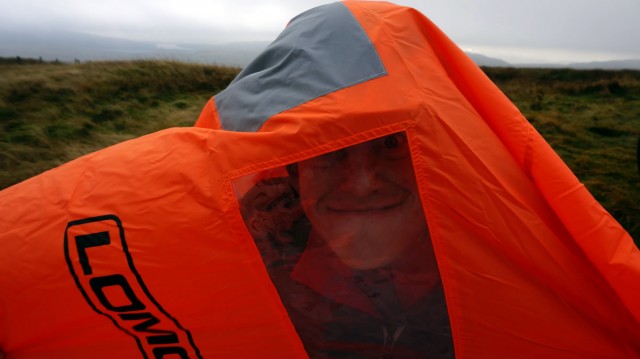
This can be anything from getting out of the wind and rain by sheltering beneath a rocky overhang to fashioning a shelter from conifer tree branches. Insulating yourself from the cold and wet ground can be done in all manner of ways. In a pine forest, for example, pine needles can be made into a decent insulating layer to lie on. If you want to take the element of chance out of the equation, invest in a decent Bothy Shelter from the likes of LOMO or RAB. They weigh only a few hundred grams, pack small but will provide you with instantaneous warmth and shelter as soon as you pop them out of the bag. There is good reason why mountain guides regard these as essential kit.
7 – Start a fire
This is of course very dependent upon the conditions and where you find yourself. If you are able to find dried out leaves and branches, life gets an awful lot easier. To start a fire, you’re best bet is to carry a lighter and a fire stick to get things going. The inside of a tampon or, better still, cotton wool balls coated in petroleum jelly and kept in a zip lock bag, make for effective fire starters. With a fire, you get the benefits of keeping warm while having a means of attracting attention to yourself.
Can’t see the video? Click Here
8 – Carry a whistle and a light
Face it, they weigh nothing so there is no good reason not to pack them. To call for help, with a whistle, give six blasts in quick succession then repeat every minute or to signal SOS, give three short blasts, three long blasts and then three short blasts. Repeat every minute. The same sequence and frequency can be used for a light. If you are seen, expect to receive either three short blasts or three short flashes in response.
9 – Going for help
If there are several of you in the party, who should go for help? There are no hard and fast answers here although what you want to try avoid is a situation where a less experienced member of the party goes for help and gets themselves lost or injured as well leading to two casualties in different locations.
10 – Carry spare water
..or have an emergency survival straw or water bottle filter. While you can go for several days without food, lack of water will become an issue if you are stuck out for more than one night. Locating a water source to drink from safely will then become a priority. One advantage of finding running water is that by following it down river, it will help you lose altitude as you get down into warmer valleys and should eventually lead to civilisation.
11 – Wear an ID bracelet
..and have contact details stuck to the back of your phone. If you lose consciousness, who will know about your peanut allergy or the medication you are on. To make life simple, an ID bracelet is a great way of recording relevant information about your medical history. This will be brief. While you may be happy to tell anyone who will listen about your undescended left testicle or third nipple, is it really relevant. Stick to allergies, medical conditions and medication. On the back of your phone, having the same details along with the name, address and contact details of who to call in the event of an emergency will make life an awful lot simpler for both your family and your rescuers.
12 – Keep calm
You’re not the first person to hurt themselves out on the bike and you won’t be the last. Getting into a blind panic isn’t going to help the situation in any manner so concentrate on the important things. Deal with the injuries. Get warm and dry. Find shelter. Call for or attract help. Keep hydrated.
Like I wrote at the start of this piece, it’s not intended to be comprehensive but rather to help you focus on the basics. A little bit of knowledge and a little bit of kit can go an awfully long way.
Comments (5)
Leave Reply
Post Comment
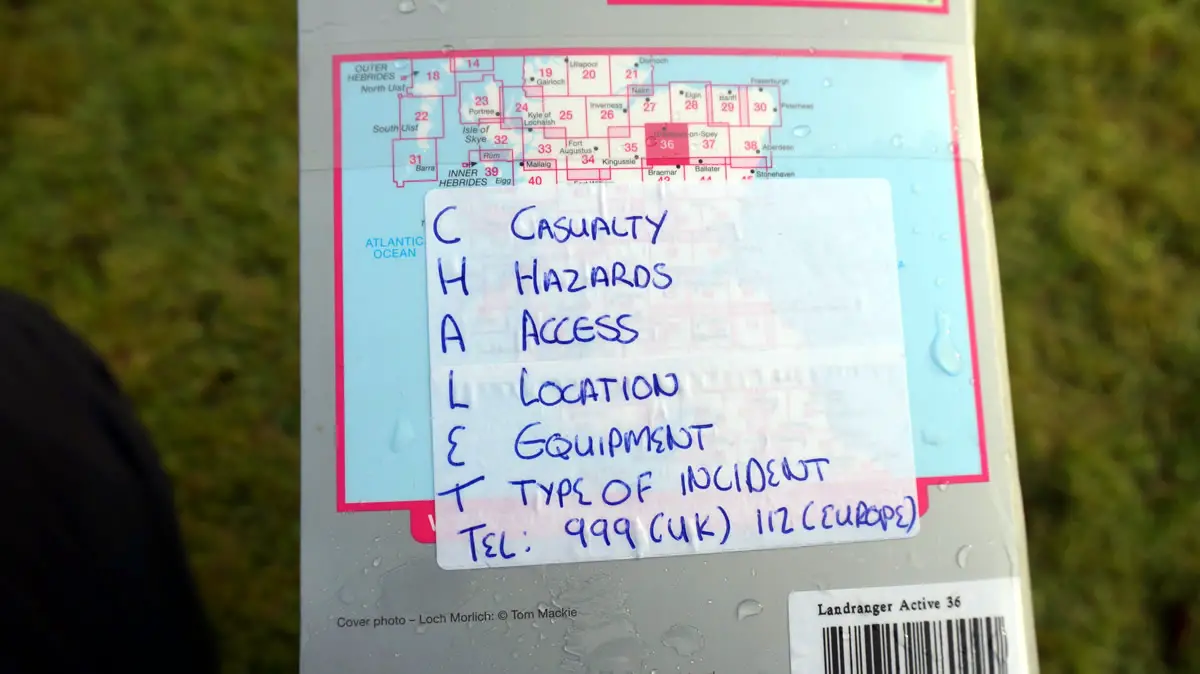
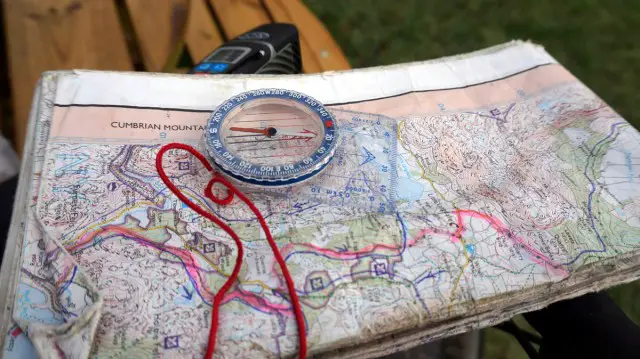
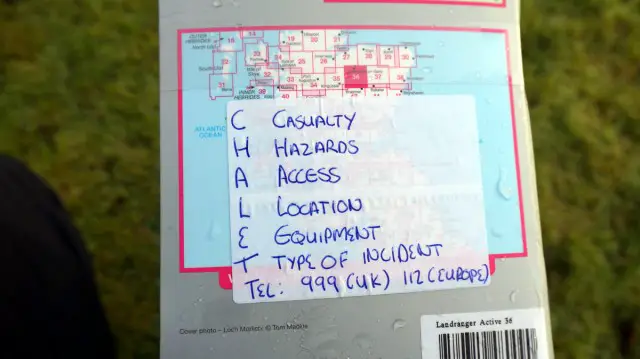
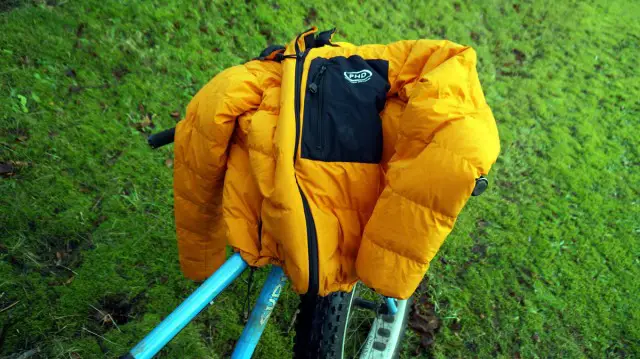
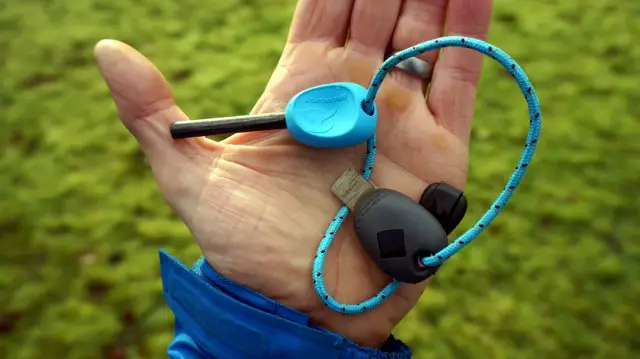
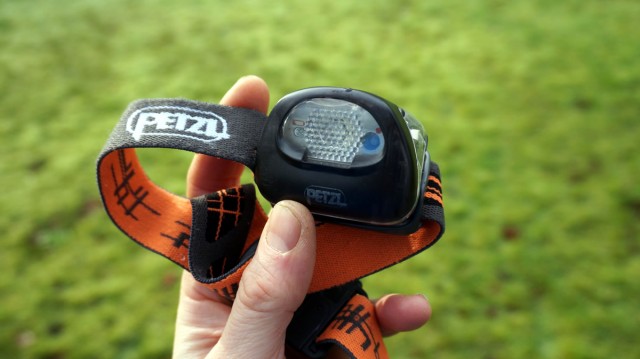
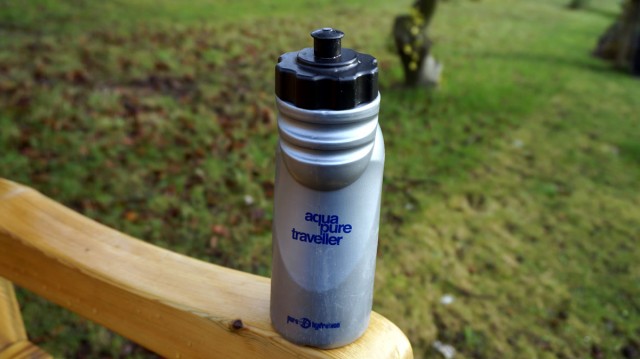

Great advice and nice use of the SwapShop telephone number 🙂
Brilliant!
I was hoping someone would recognise it!
Ooohh… Sanny using the sunday name and everyfink!
pneumonic?
Oh, I see what you did there…pneumatic AND pneumonia ;o)
(mnemonic)
H7uey
You can blame the auto correct on my computer for that! Truly awful!